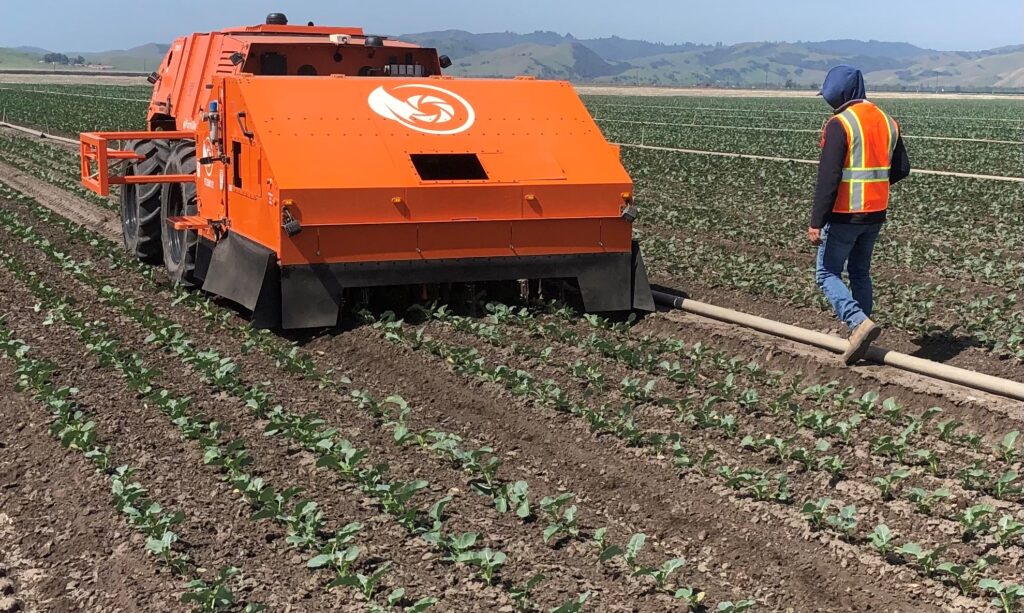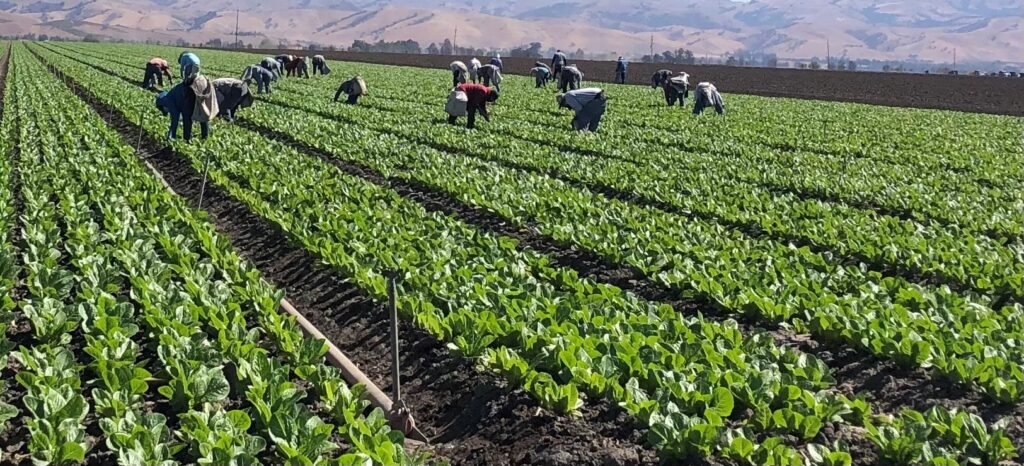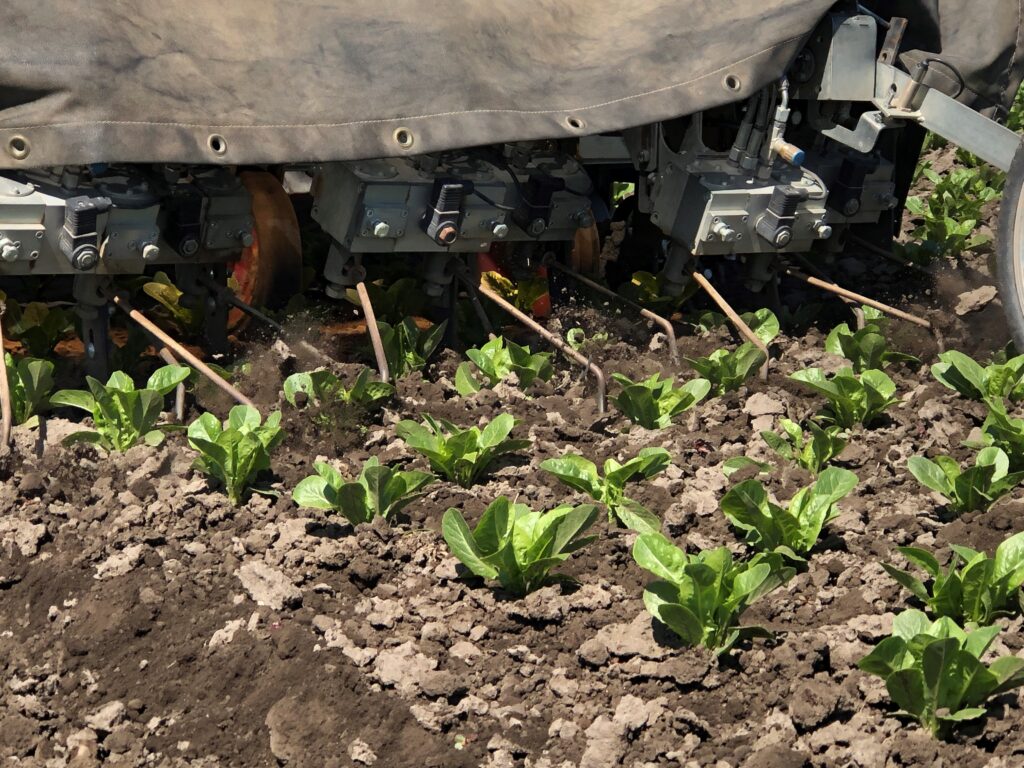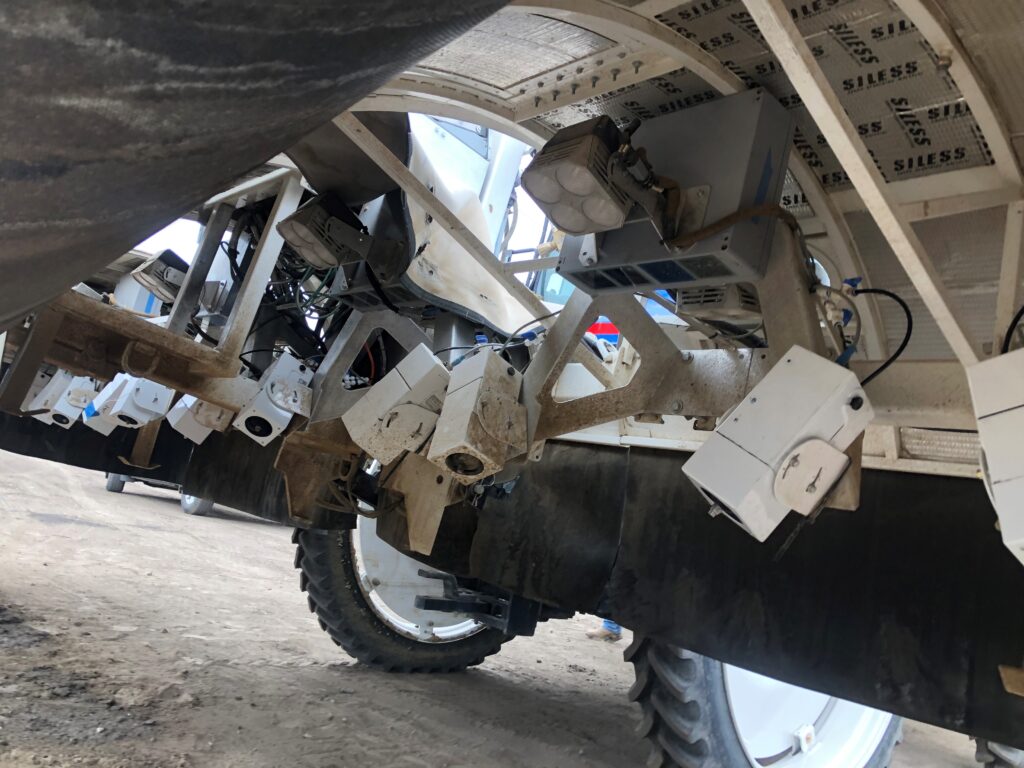A number of new technologies will help reduce herbicide applications
What is a weed? Is it what we have been taught — a plant out of place? How do we determine if a plant is out of place?
My plant-breeder husband loves the malva (bull mallow) plant that we encounter on our evening walks. I have scoffed at him, “But it’s malva!” because I have been taught to view malva as a weed.
But if we look closely, it is a beautiful plant that has a deep taproot that can help with water infiltration and carbon sequestration deep down. It can bloom when other plants do not, supporting pollinators and beneficial insects such as ladybird beetles and syrphid flies, both of which are pollen and nectar feeders. It is also an amazingly drought-tolerant plant that can grow when and where other plants may not.

We should not judge a plant by its species, but rather by whether it is noxious or beneficial for a given location.
Some growers use weeds for diversity on the farm since they are limited in funds, time and water. If the weed is not a reservoir for pests and is not competing for space and water, but rather is a refuge and food source for beneficial insects … then maybe it should stay put. If the weed does not impede on the crop and reduce yield or quality, that weed may just be the plant that is supposed to be there.
On the other hand, I am a Pest Control Advisor and Certified Crop Advisor on the Central Coast of California — the salad-bowl capital of the world — and we have weeds that harbor a virus called Impatiens Necrotic Spot Virus (INSV) that can be deadly to the lettuce plant. INSV is transmitted to lettuce by the ubiquitous western flower thrips (WFT — Frankliniella occidentalis), which acquires the virus from a host plant, which happens to be many common weeds in the Central Coast area.
Larval and adult stages of WFT can actively feed on the host plant, but only early larval instars can acquire the tospovirus, and the later instar and adult can transmit that virus after a latent period. Adult WFT can acquire the virus, but they do not transmit it because the virus does not have enough time to multiply to infectious levels. The virus is also not transmitted into the eggs, so the virus dies with the adult thrips and the next generation must feed on infected host plants to continue the cycle.

On the Central Coast, where lettuce is the dominant crop, weed control is very important. For many decades, hand labor has been the go-to for weed control. But with the cost of labor getting to the point where hand weeding has become cost prohibitive, new technologies have risen to the challenge. These include the following devices and companies:
Carbon Robotics — Machine-learning weed control utilizing lasers that pinpoint the weed within the leafy green crop and kill it.
Capric/caprylic acid herbicides — Various herbicides using capric/caprylic acid as the active ingredient offers good control of small weeds when coverage is optimum and water is buffered to pH 4.
Farmwise — Machine-learning mechanical weed control built for leafy greens that removes weeds in-between the crop line with precision blades.
Mantis/Vision Robotics — Precision sprayers that kill unwanted plants and can spray a beneficial product on the crop at the same time.
Robovator — Vision-based robotic hoeing machine for controlling weeds in row crops.
Stout Industries — Uses machine vision and artificial intelligence to cultivate and weed fields using mechanical blades.
Verdant Robotics — Uses artificial intelligence to target weeds within the crop with a precision sprayer utilizing soft herbicide chemistries.
Steam — Effective weed control, but can be costly and time consuming, although technologies are improving.

These technologies are just a snapshot of what is happening on the Central Coast of California. Since most are AI-driven, they improve every time they go through the field. Some of these technologies are offered as a service by the company and others are sold as an implement to attach to the tractor.
I also want to throw out a word of caution: beware of things that sound too good to be true and run trials and decide for yourself! Know your weeds (or plants) and be thoughtful with what you have. Practice good farm hygiene. If there is a true plant out of place and it is a weed, then I liken it to a dirty sock in the middle of your kitchen floor! Take the time to stop and pick it up. If it’s like purslane and can propagate, then remove it from the field. Remember that one plant that goes to seed can multiply your problem exponentially the following year.

We must always be thinking outside the box to reinvent how we do things. Don’t be satisfied with the status quo. A wise grower once told me, “We were taught to obey, not to think!” Now it’s time for us to stand up and think. It’s not rocket science — it’s way more complicated!














